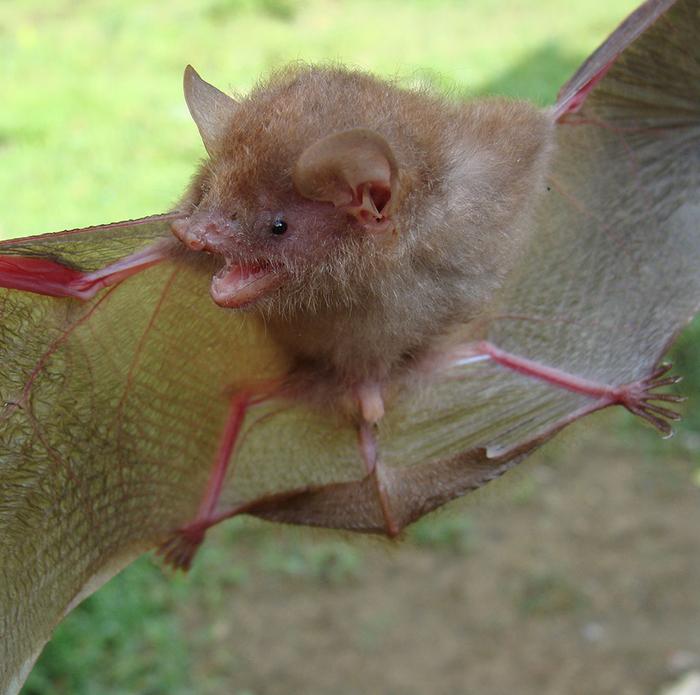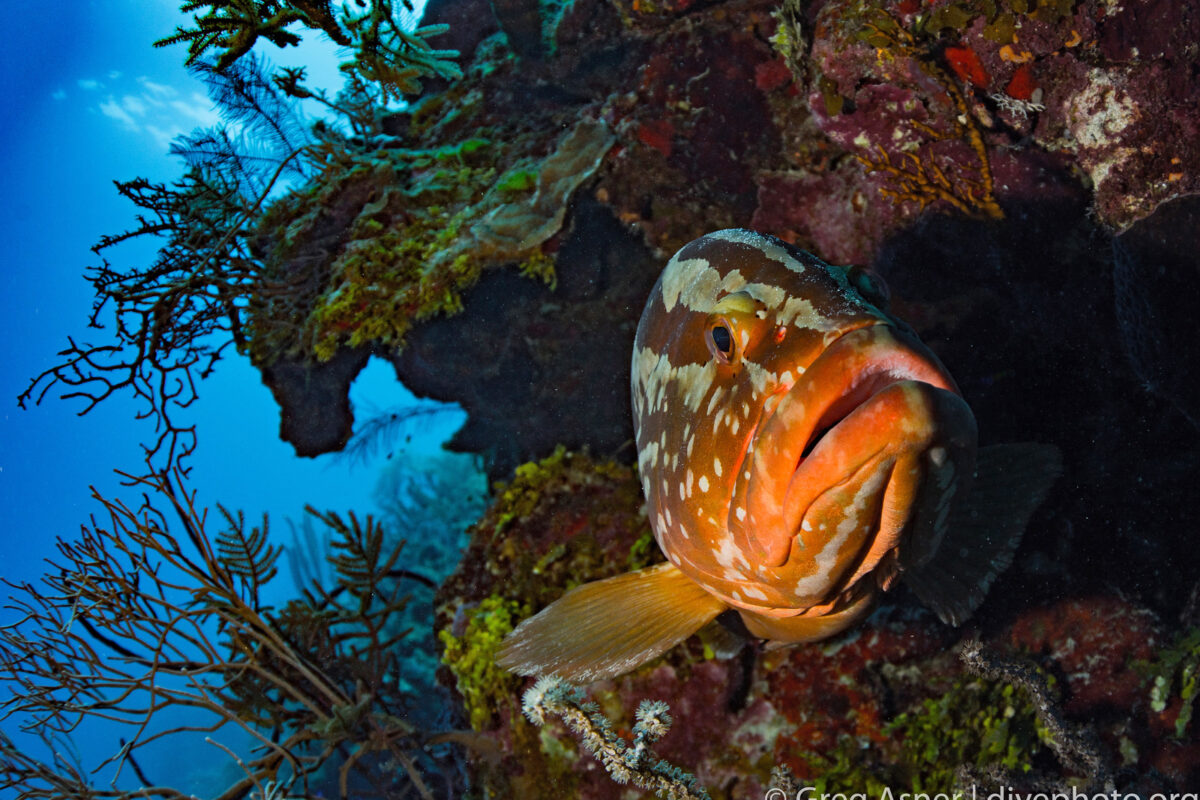Researchers have recently described six new-to-science species of tube-nosed bats from the Philippines, named after their unique nostrils that protrude from the snout. All the specimens were collected from either primary or secondary forests, currently threatened by mining and shifting agriculture, the authors write in a new study.
“These bats are notoriously elusive, so the tube-nosed bat collection this study examined was cobbled together over many years, expeditions, and memorable experiences — one bat at a time,” Jodi Sedlock, study co-author from Lawrence University, U.S., said in a statement.
For the study, the researchers examined the bodies and genetics of museum specimens of tube-nosed bats collected from various Philippine islands over the past couple of decades. Their analysis found six species previously unknown to science. All the bats are insect-eating and weigh just 4-14 grams (0.1-0.5 ounces).
Alvarez’s tube-nosed bat (Murina alvarezi): Found in the southern and central Philippines, this bat has been recorded from a diverse range of forests on the islands of Mindanao, Siquijor, Bohol, Cebu and Sibuyan. The species is named in honor of James Alvarez, a young Filipino bat biologist who died in 2018.
Balete’s tube-nosed bat (Murina baletei): This bat was recorded in primary and second-growth forests of Lubang, southern Luzon and Catanduanes islands. It’s named in honor of Danilo S. Balete, a Filipino zoologist who died in 2017.
Hilong-Hilong tube-nosed bat (Murina hilonghilong): The largest Murina species in the Philippines, the bat has only been found in the forests of Mount Hilong-Hilong. The mountain is recognized as both a Key Biodiversity Area and an Important Bird and Biodiversity Area in Danger, the authors write.
Luzon tube-nosed bat (Murina luzonensis): This bat is currently only known from the forests of the central Cordillera and northern Sierra Madre range in northern part of the island of Luzon.
Philippine tube-nosed bat (Murina philippinensis): This is the smallest and most widespread of the endemic Murina species found across the Philippines, the authors write. Named for its broad distribution, the bat has been recorded “from Luzon in the north to Mindanao in the south,” they add.
Mindoro tube-nosed bat (Murina mindorensis): This species is found only on the island of Mindoro; two specimens were recorded there close to the foot of Mount Tallulah.
The researchers write that all six bats were captured within forests and protected areas that are threatened by agriculture and mining.
Mt. Hilong-Hilong, for example, the only known habitat of M. hilonghilong, lost about 4% of its forest cover from 2000-2019, they add. Meanwhile, Mount Kampalili-Puting Bato Key Biodiversity Area, home to M. alvarezi, experienced more than 8% forest cover loss within the same period. There are also 58 large-scale mines, including nickel, operating in the Philippines currently, most in eastern Mindanao, the researchers say.
Murina alvarezi. Image courtesy of J. Sedlock.
Murina baletei. Image courtesy of D. Balete.
Murina philippinensis. Image courtesy of J. Sedlock.
Banner image of Murina baletei. Image courtesy of D. Balete.





